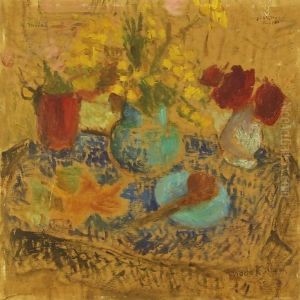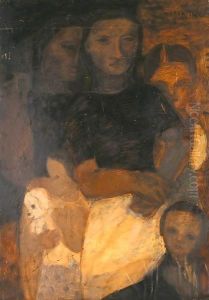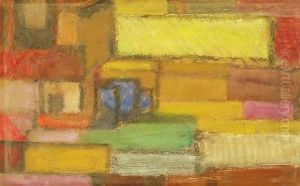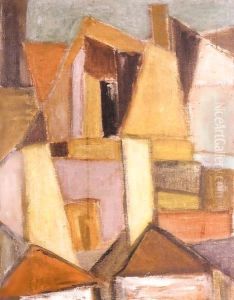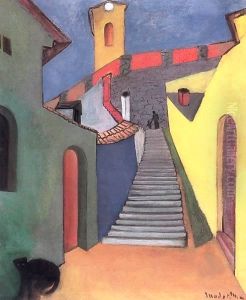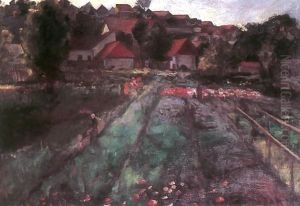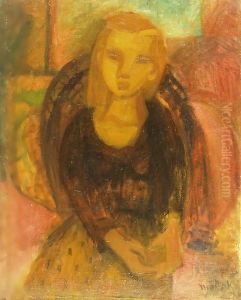Maerten Jacobsz Van Heemskerch Paintings
Maerten Jacobsz van Heemskerck was a distinguished Dutch painter of the Renaissance period, born in 1498 in the village of Heemskerk, which is now in the Netherlands. He is especially noted for his contribution to the Northern Renaissance, a period of profound cultural and artistic rejuvenation that extended the principles of the Italian Renaissance into the northern European context. Heemskerck's work is characterized by its intricate detail, vibrant colors, and the integration of classical themes with religious and mythological subjects.
Heemskerck initially trained with Cornelis Willemsz in Haarlem, a city known for its vibrant artistic community, before traveling to Italy in 1532. His stay in Italy, particularly in Rome, had a profound impact on his artistic style and vision. He was deeply influenced by the works of Italian masters such as Michelangelo, Raphael, and others. Heemskerck's sketches and studies from ancient ruins and Renaissance artworks during his Italian sojourn later served as foundations for many of his works. Upon returning to the Netherlands around 1537, he settled in Haarlem, where he became a leading figure in the city's artistic life.
Throughout his career, Heemskerck produced a vast array of works, including altarpieces, portraits, and mythological scenes, showcasing his versatility across different genres. His altarpieces are particularly noted for their elaborate detail and use of iconography, reflecting the religious fervor of the period. Heemskerck's portraits are celebrated for their intricate detail and psychological depth, offering insights into the personalities of his subjects. Additionally, his interest in classical antiquity is evident in his mythological paintings, which often feature heroic figures and narratives from ancient myths, rendered with a sense of dynamism and drama.
Maerten van Heemskerck's legacy is significant in the history of Dutch art. He played a crucial role in the dissemination of Renaissance ideals in the Northern Netherlands, influencing subsequent generations of artists. His works are preserved in several major museums around the world, testament to his enduring appeal and the high regard in which he is held in the canon of European art. Heemskerck passed away in 1574 in Haarlem, leaving behind a body of work that continues to be celebrated for its artistic innovation and beauty.
